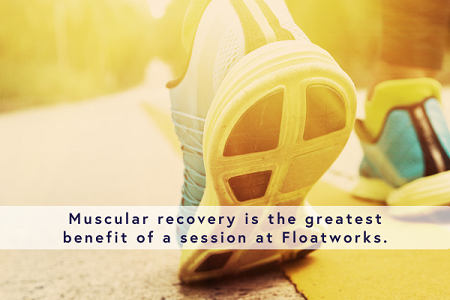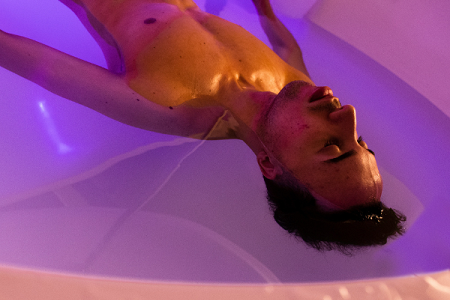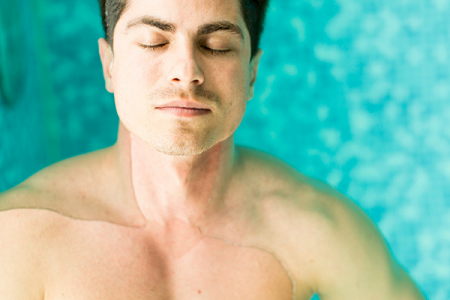Behind the scenes of the floating industry
We all know that floating is enjoying a real boom at the moment, and although we’ve taken a brief look at the history of floating before, few people have as clear a view of the industry as Matt Strudwick.
Matt’s brother, Tim Strudwick, is the founder of the original Floatworks – back when the centre was in London Bridge.
“At some point, around 2006, my brother was giving it some thought,” Matt begins. “We were getting loads of customers who were really enthusiastic, and telling their friends and family about floating, and really getting a lot out of the experience, and we just thought ‘why is this not growing elsewhere?’
“It was the tanks – it was that simple. At the time, there were only half-a-dozen companies making them, and because there was no demand, nobody was building new products. The original float tanks that were built in the ‘70s still exist now, and they do a great job of what they do. Some that were made in the ‘80s looked ridiculous. Some are downright intimidating!
“I remember when we first started making i-sopods Matt continues, “I spoke to a guy from America who said he’d been using a tank that looked like a Soviet-era torture chamber! It’s that kind of thing that’s caused this lull. When something’s designed in the 1980s to look futuristic and cool – whether it’s a car, or whatever – these days it always just looks ridiculous.”
And you know what they say: if you want a job done well…
“My brother had the idea: ‘What if we build a float tank that’s bigger, looks better and is more comfortable?’ So he did just that, invested a lot of money, had the i-sopod designed, and suddenly when it was launched in 2009, he’s gone from running a float centre to running a production and export company.”
As Head Of Sales for i-sopod, Matt has been responsible for selling and exporting the tanks to new businesses all across the world, most notably in North America, Canada and, especially, Down Under.
“One of our customers in Perth opened his first float centre maybe three-and-a-half years ago,” Matt tells us, “and at that time lots of people were still hesitant about whether it could survive on its own. So lots of people would have pods, and then massages and alternative therapies and that kind of thing. People thought that until floating takes off, they’d need additional income streams.
“But this guy, right from the off said, ‘No mate, floating is enough on its own’. I thought that was brave, but what he was saying was exactly spot-on.
“There weren’t any centres in Perth at the time; I think there were only three in all of Australia. And he almost single-handedly created this thing. He’s just put in an order for pods for his sixth centre, and he’s already thinking of another. There are only 20 million people in Australia, and that shows what can be done.”
So what does the future hold for floating? Perhaps we won’t see a float tank in every gym, hotel, or airport just yet, but could we all have reasonable access to a tank down the line?
“I think it’s more than possible,” Matt says. “An interesting thing that’s occurred recently is that, just a few years ago, we were at about 63% women and 37% men, mainly in their 30s and 40s.
“Whilst those people still exist as customers – and comedian Joe Rogan has a big part to play in this – the gender imbalance is evening up, and the average age is coming down. Younger blokes in their 20s and early-30s, influenced by Joe Rogan or other things like mindfulness or peak performance, are becoming more and more involved. Floating ticks all those boxes.”
“People in their 20s now – they drink less, they smoke less, they take fewer drugs than the generations before, and floating obviously fits with that mindset. As they become older, I think it’s more than possible that it can become available everywhere.
“It’d be great to get to a point where everyone has access, within a reasonable travel distance from their home.”










